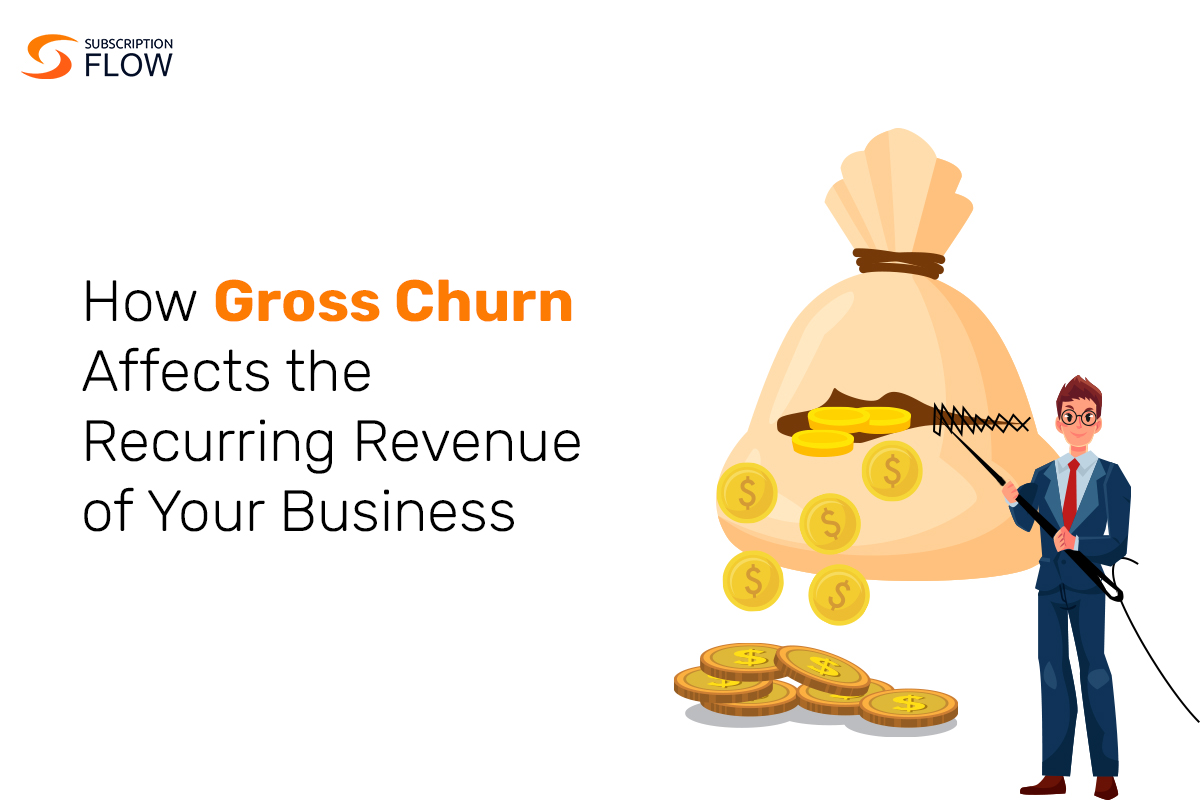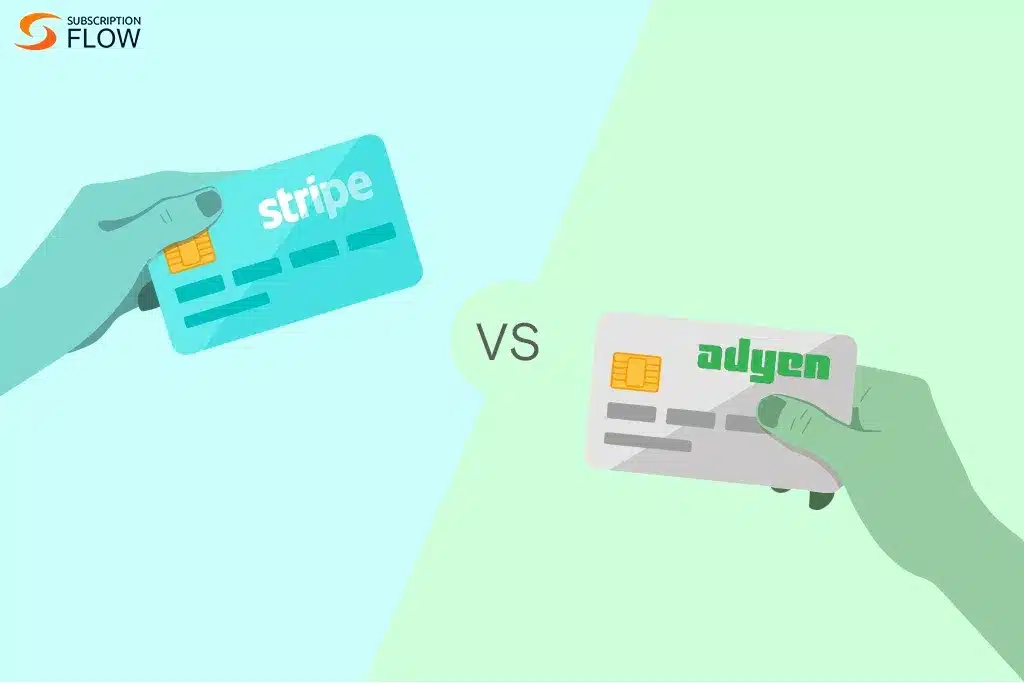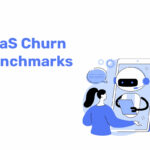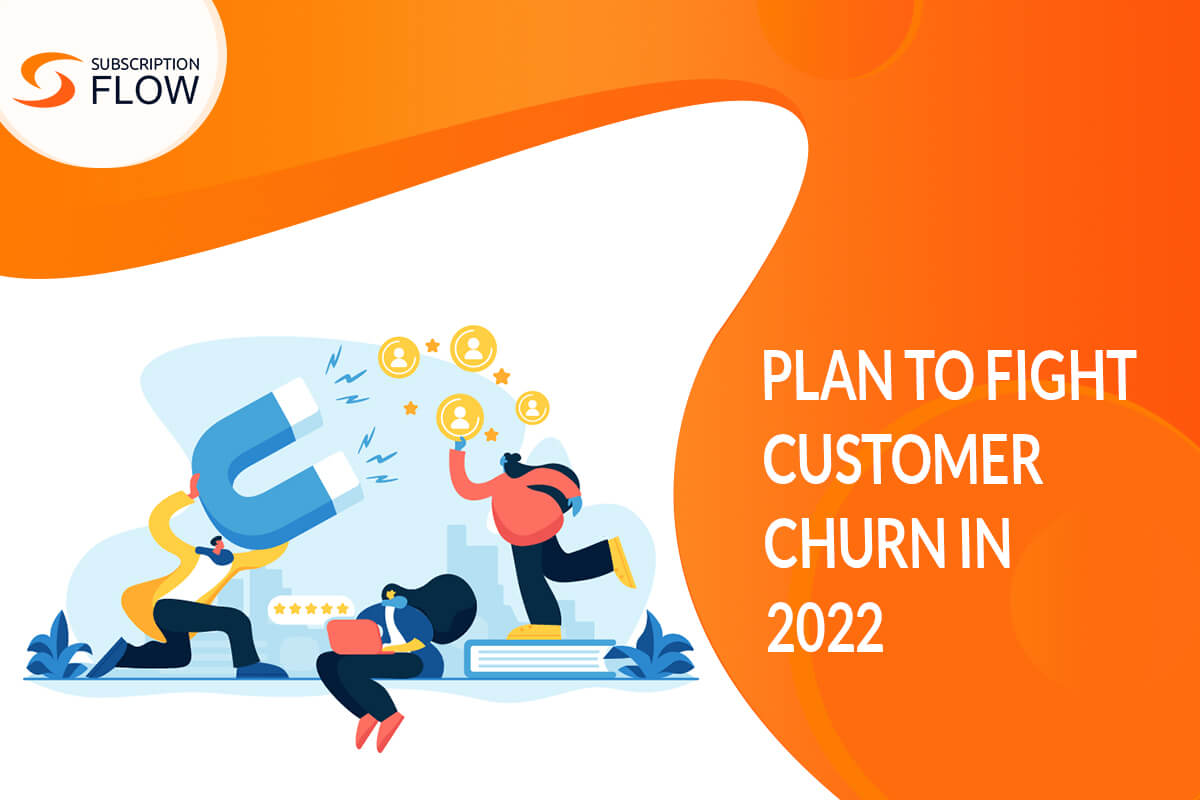
Gross Churn: The Hidden Impact of Lost Customers on Your Business Revenue
A steady stream of revenue, onboarding of continuously coming new customers, and business expansion opportunities: is this sufficient to call it the ‘business success’? Well, absolutely not! There are a lot more factors and KPIs that count when it comes to business success. And one of these KPIs is customer churn or revenue churn. When customers leave, it directly affects the revenue that ultimately becomes the part of revenue stream.
In this blog, you are going to find details of two crucial challenges that many subscription businesses and retailers are facing i.e. gross churn and net churn. However, first, you need to understand the gross churn exactly is.
What is gross churn?
Gross churn is a vital number used to gauge the rate at which consumers stop using subscriptions or other services, costing a company money. Customers that choose to cease using the product or service, downgrade to less expensive plans, or cancel their subscriptions all add to the gross churn.
For instance, if 10 out of 100 customers quit their subscriptions within a month, that represents a month’s worth of gross churn. These cancelled subscriptions’ revenue is referred to as “churned revenue.
Gross Churn vs Net Churn
The key measures for measuring client retention and revenue performance for firms are gross churn and net churn. Net churn considers the loss of revenue from not only the total revenue generated by a certain customer base but also that is being generated by selling add-ons etc in comparison to gross churn which only accounts for the direct revenue lost as a result of customers who downgrade or cancel their contracts within a given time frame. When calculating net churn, revenue from upsells, cross-sells, and customer expansions among current customers is taken into account in addition to the money lost from lost customers. An increase in revenue from the current customer base is indicated by a negative net churn rate, emphasising the value of client connections beyond loss prevention.
It is time to take you towards the causes of gross churn:
What Causes Gross Churn?
1. Global Inflation Rate
Inflation is no more an issue that third-world countries are facing rather many countries are in it. They are facing the drastic effects of inflation. Big and established enterprises are laying off their experienced resources and there is a buzz across Wall Street that America is facing a recession. These economic conditions are not only affecting businesses but also they are having their impacts on the financial decisions of a common man. During 2019, subscriptions became a trend and people felt no harm in investing money in instalments to purchase commodities that they needed in their daily life. However, now they are not investing without thinking in subscriptions because of inflation.
2. Subscription Fatigue
Today, we are living in the post-pandemic era. Now, many subscription businesses are facing this challenge that customers feel subscription fatigue. For instance, youngsters blindly bought subscriptions for Netflix, Disney Plus, Spotify etc. Now that they do calculations, they realize, for only a few hours of the day, they are using these OTT platforms. Now comes the stage that has become the nightmare for streaming services subscriptions providers—subscription cancellation.
3. Lack of Follow-ups
Customers may feel unappreciated or ignored if they don’t receive prompt communication, individualised advice, or updates on new services. This lack of interest can result in a decrease in the perceived value of the product, decreased loyalty, and finally drive customers to look for alternatives that provide a more focused and engaging experience.
Other than these, there are a lot more reasons that cause customer churn that ultimately leads to the churn of recurring revenue.
Your Formula to Calculate Gross Churn
When it comes to fighting gross churn, it is important to first craft your own formula to calculate gross churn for your subscription business. Usually, it is done by subtracting the revenue generated by selling add-ons from the total revenue during a certain time and then dividing this value by the revenue at the beginning of the time window that you have decided. So, this formula can be written as:
Now that the formula for gross churn calculation is decided, it is time to explore how our subscription management platform—SubscriptionFlow can help you reduce the gross churn rate.
SubscriptionFlow to Reduce Gross Churn Rate
A subscription management platform plays a pivotal role in reducing gross churn for a subscription business by offering automated billing reminders, proactive subscription updates, and personalized communication. It is all about satisfying customers. SubscriptionFlow enables businesses to maintain consistent engagement with customers, providing them with transparency into their subscription details and upcoming renewals. Also, one needs to pay attention to the customer feedback and talk to the leaving customers. SubscriptionFlow offers a RetentionFlow application that can show you the health score of customers so that you can act accordingly to stop your customers before they cancel subscriptions. The best strategy to counter churn and gross churn is to act proactively.
So, if you want to reduce gross churn for your subscription business, then adopt SubscriptionFlow now.










